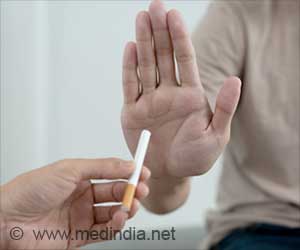
‘Self-harm is becoming more common in young people, so it's important to identify the factors associated with self-harm so we can provide help earlier to those people who may be most at risk.’
Tweet it Now
The data from more than 5,000 people revealed that earlier onset of puberty in both boys and girls is linked to an increased risk of self-harm at age 16 years. Previous research has shown that girls who experience earlier puberty are at higher risk of self-harm. However, until now, the evidence for whether the puberty timing is associated with self-harm in boys was less clear.
As young people move through adolescence, their height increases sharply over a relatively short period. The timing of the maximum period of change is known as their peak height velocity: the point in time when their height is increasing at the fastest rate.
Researchers calculated age at peak height velocity from height measurements taken from 5,339 participants in the Children of the 90s (ALSPAC) study when they attended research clinics during childhood and adolescence. They calculated that the average age at peak height velocity was 13.5 years in boys and 11.8 years in girls.
By the age of 21 years, the proportion of males reporting having ever self-harmed was 28%, and the proportion of females was 35%.
Advertisement
For females, experiencing peak height velocity one year earlier was associated with a 15 per cent increase in the odds of self-harm at age 16 years; for males it was associated with a 28 per cent increase.
Advertisement
Dr Becky Mars, Research Fellow in Epidemiology in Population Health Sciences at the University of Bristol's Medical School, added: "The next steps will be to identify the mechanisms that explain the association. This might be biological factors like neurological development or hormone changes, or it might be psychosocial factors like bullying, substance use or depression. Once we have a better understanding of the reasons why early developers are more likely to self-harm, interventions can be designed and delivered to help reduce self-harm risk."
Source-Medindia










